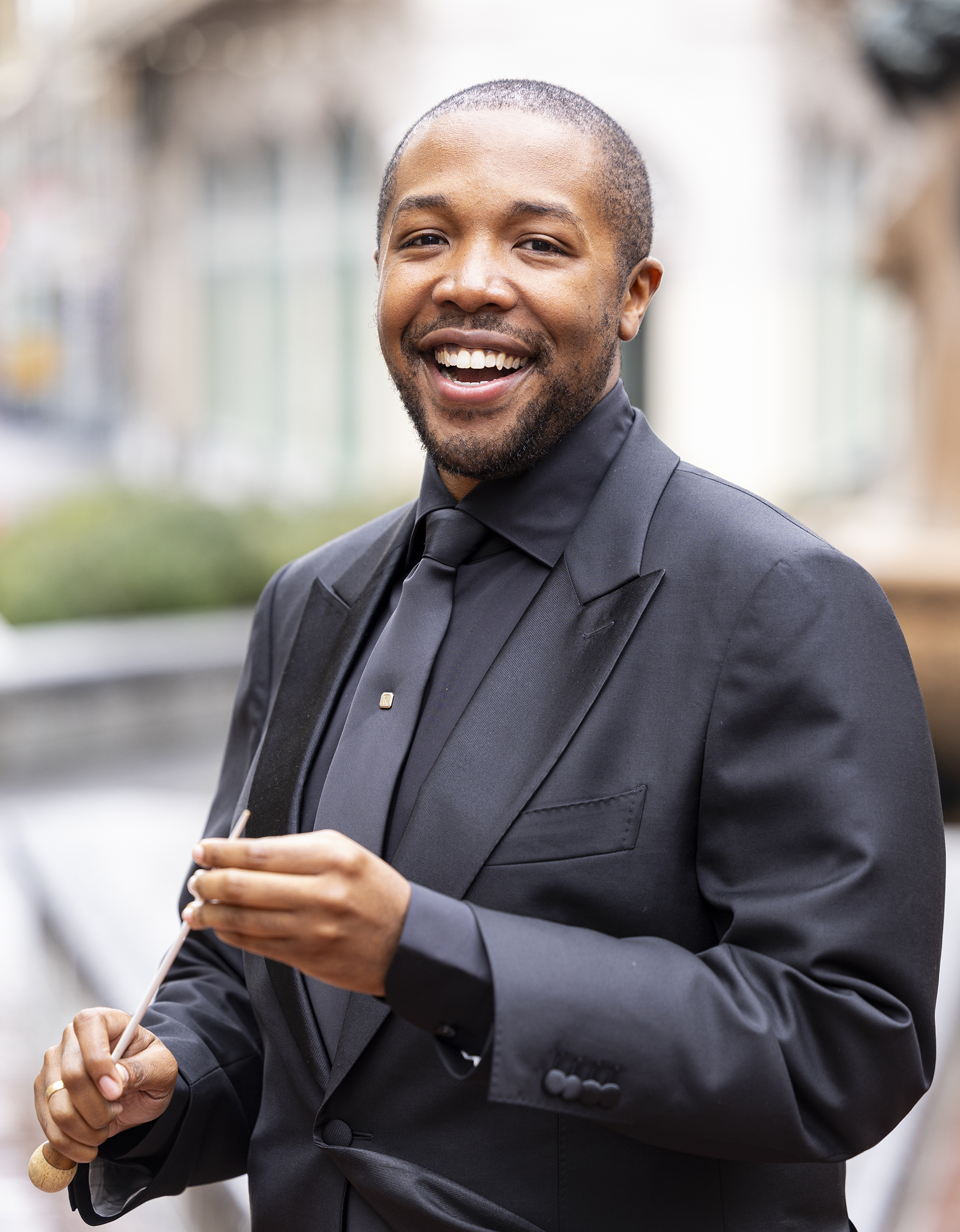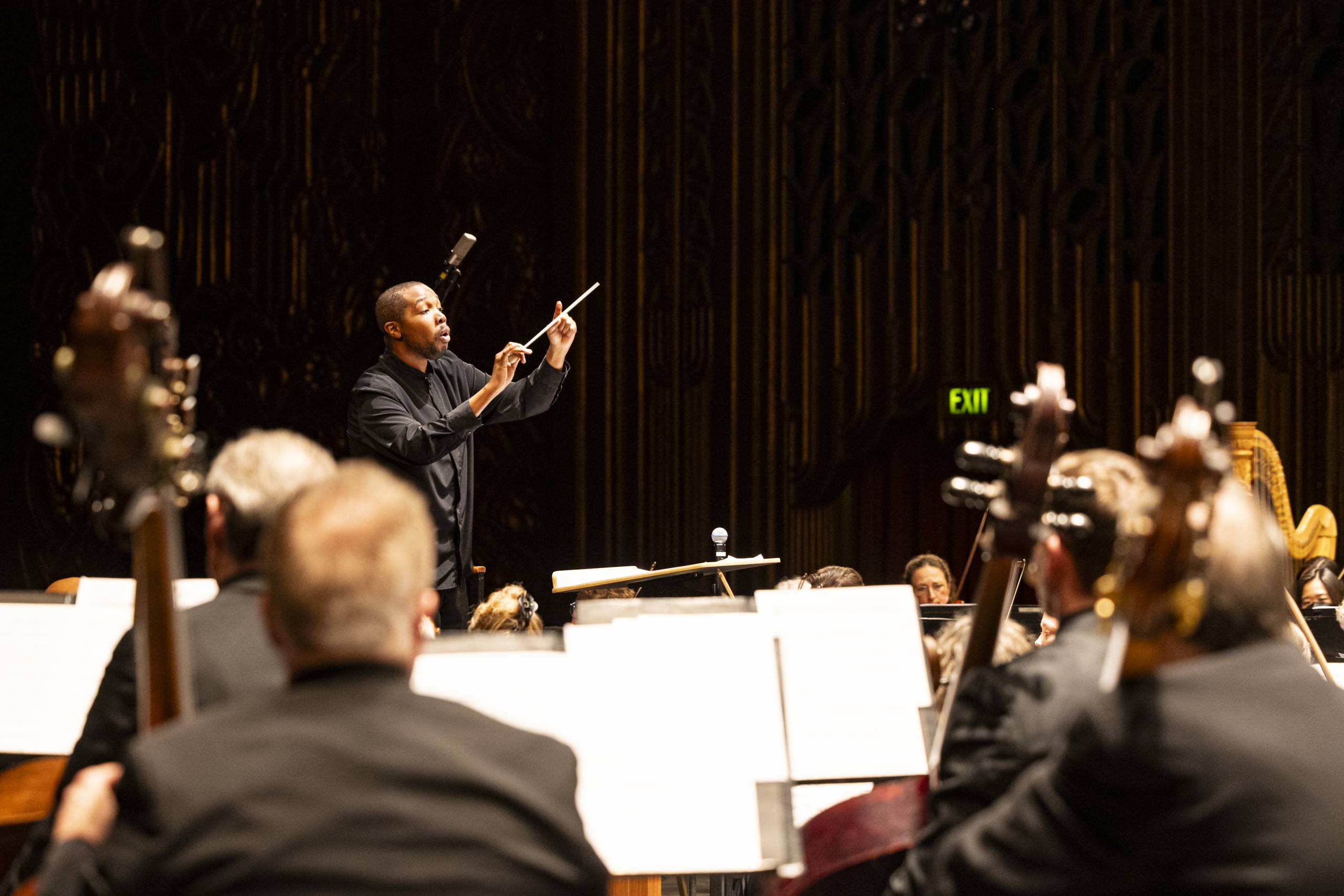
Kedrick Armstrong hasn’t moved to Oakland yet, but he’s already a kindred spirit of the Town’s many artists and activists.
In a recent conversation about his new appointment as the Oakland Symphony’s music director, Armstrong beams when he talks about music as a way to empower everyday people and strengthen communities. And when the 29-year-old conductor gets going about public school music education — the heart of the Symphony’s public service mission — he’s coming from a place of hard-won wisdom from working to change a system that doesn’t always respect people who look like him.
“One of the things that truly excited me about this orchestra is their commitment not only to excellence on the stage, but excellence in music education and community work,” he says.
Today, the Oakland Symphony announced that Armstrong will take the helm at the orchestra, effective immediately, after a two-year nationwide search. He follows in the footsteps of Michael Morgan, the beloved, visionary conductor who led the organization for 30 years until his death in 2021 at 63 years old. In the coming months, Armstrong will relocate from Illinois, where he currently serves as the Knox-Galesburg Symphony’s creative partner and principal conductor.
Armstrong grew up in Georgetown, South Carolina and spent his young adulthood in Chicago, where his profile in the classical music world rose. Through the Lyric Opera of Chicago, where he has appeared as a conductor, he mentored high school students on the city’s Southside — a Black community with a rich culture and history that, like Oakland, is often maligned in the national press.


